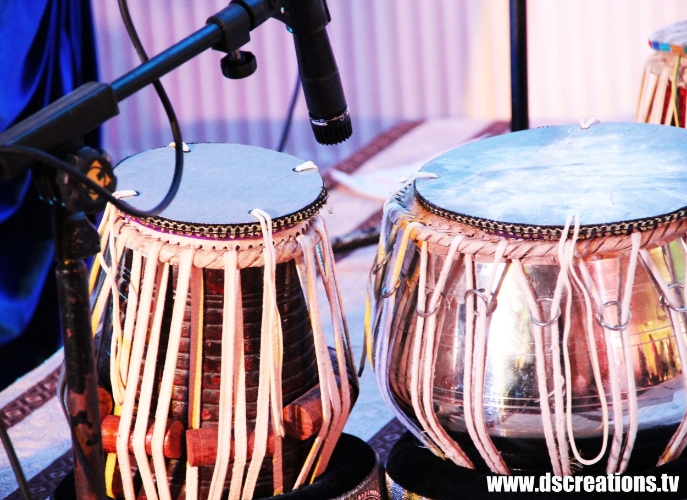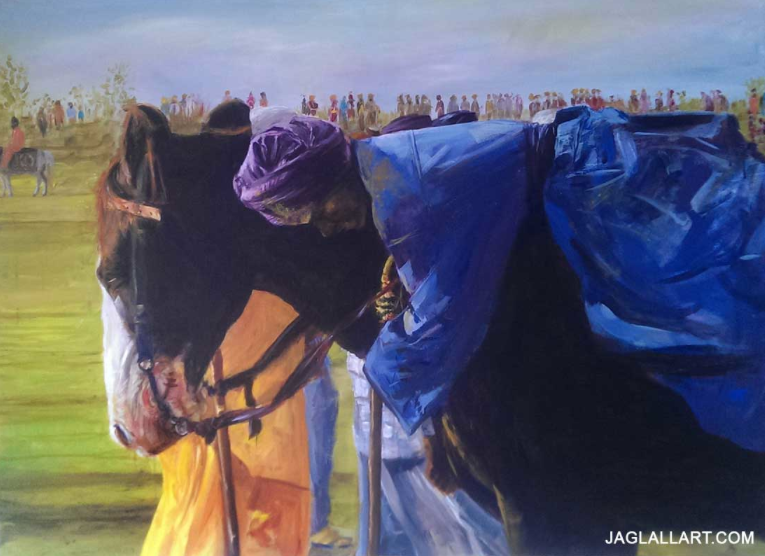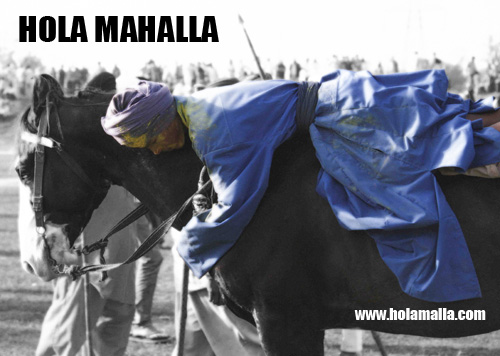“Is there ought you need that my hands withhold, Rich gifts of raiment or grain or gold?
Lo! I have flung to the East and the West, Priceless treasures torn from my breast”. (Read the poem in full below)
And when I matched the statistics to this very eloquent poetry, it was quite extraordinary because India's contribution had not just been in its young men, and a country mourning its many dead, but it had also been in the form of minerals, you know mica, manganese, iron ore. It had been in the form of hard cash, and plenty of it. It had been in the form of military hardware and livestock. So there were different strands coming together for different people.
I think the dominant emotion in terms of audience response is that they were very moved, because I think what we have tried to create is an atmosphere of great delicacy. The Shabads are foregrounded in all their power and glory. And the Shabads have acted as sort of luminous framework through which all the other elements take place. So the first reaction is one of people being moved and by this I include Sikhs as well as none Sikhs.
And then I think the second one is of surprise, because some of the elements startle them, some of the images startle them, some of the statistics surprise them.
And the third one we're very pleased about that, people have said its a fresh and distinctive approach and I have to at this point pay credit to the other major Sikh based projects on the First World War that have taken place last year and this year, and they've been excellent. So we had to find a different angle and of course with Kiran (SAA-UK) and me belonging to the art sector it was inevitable that was a route we would take."















